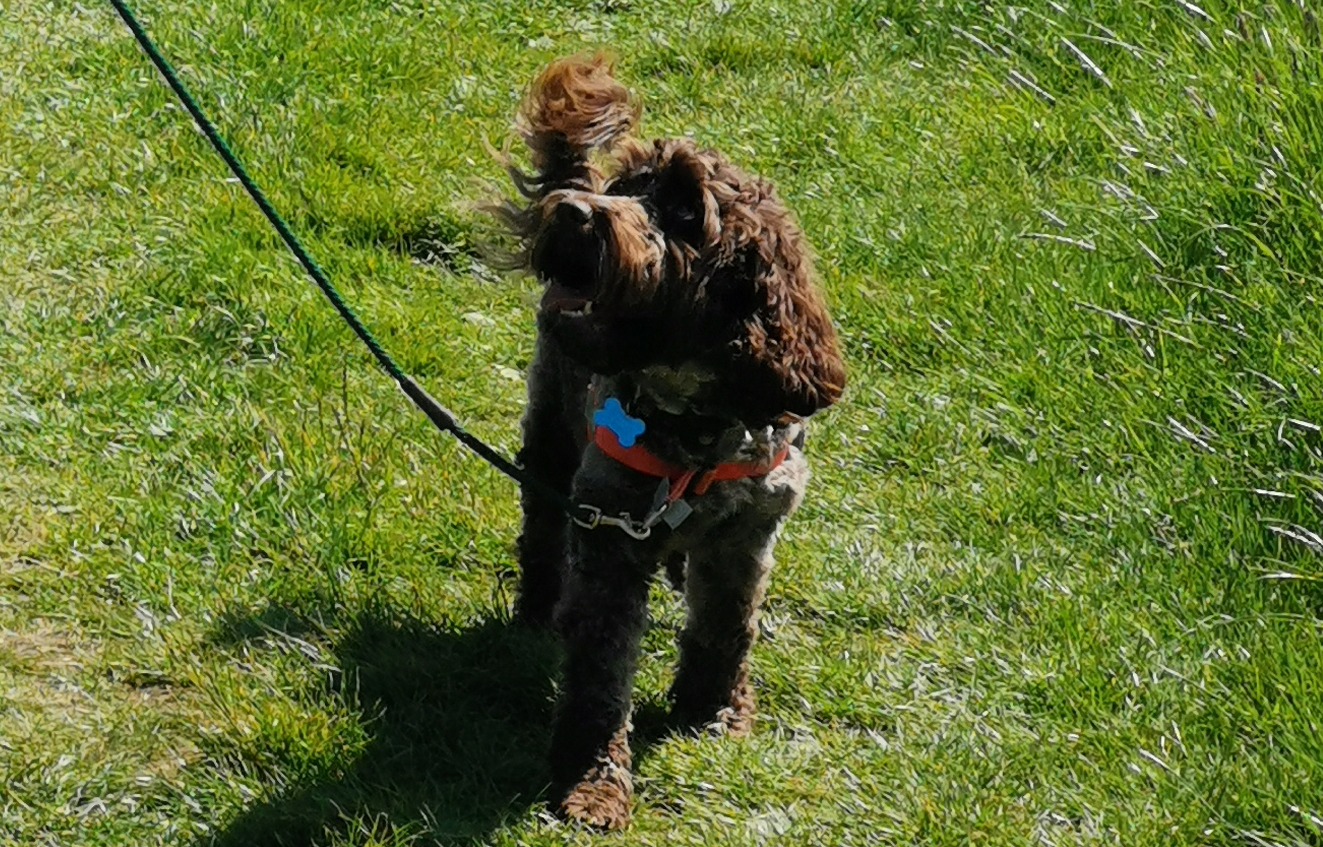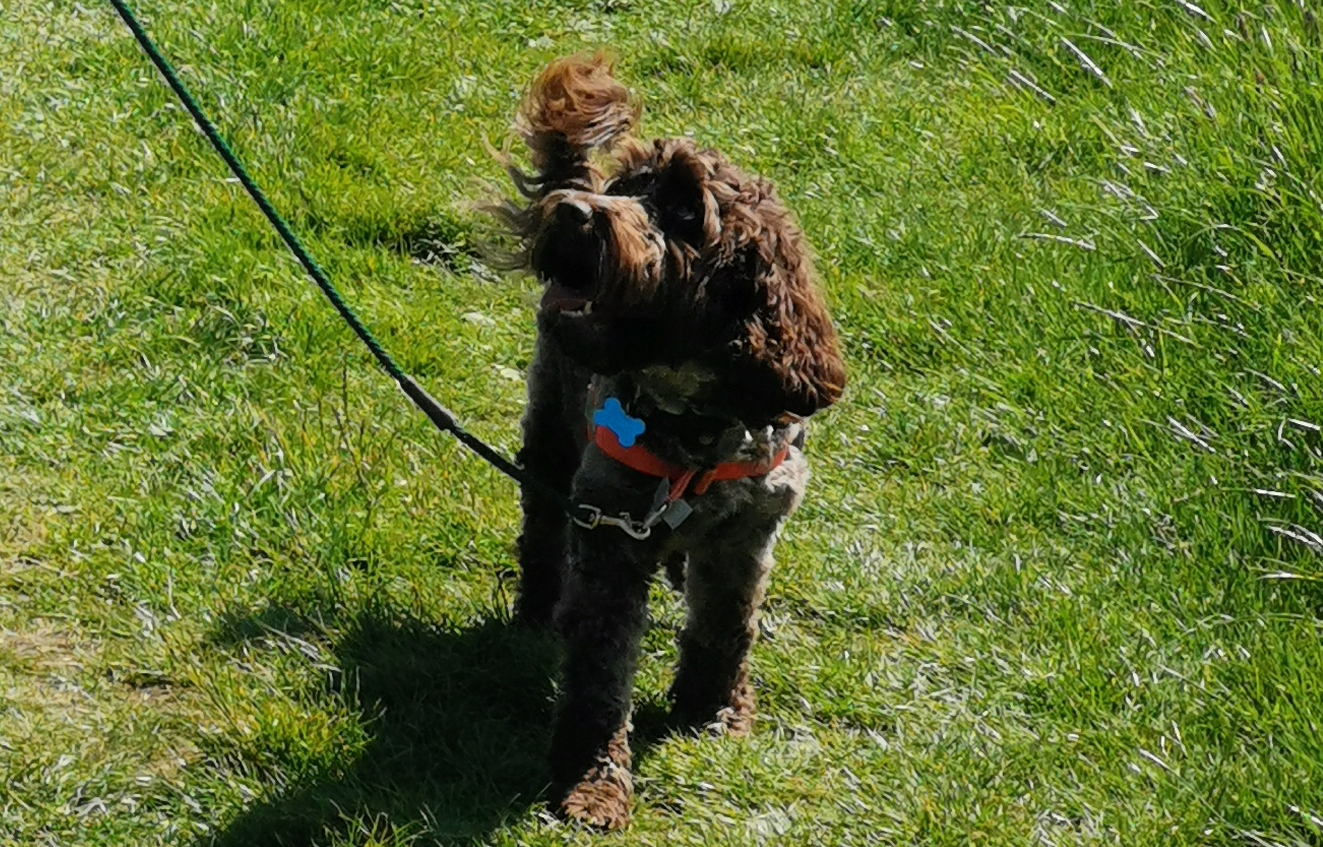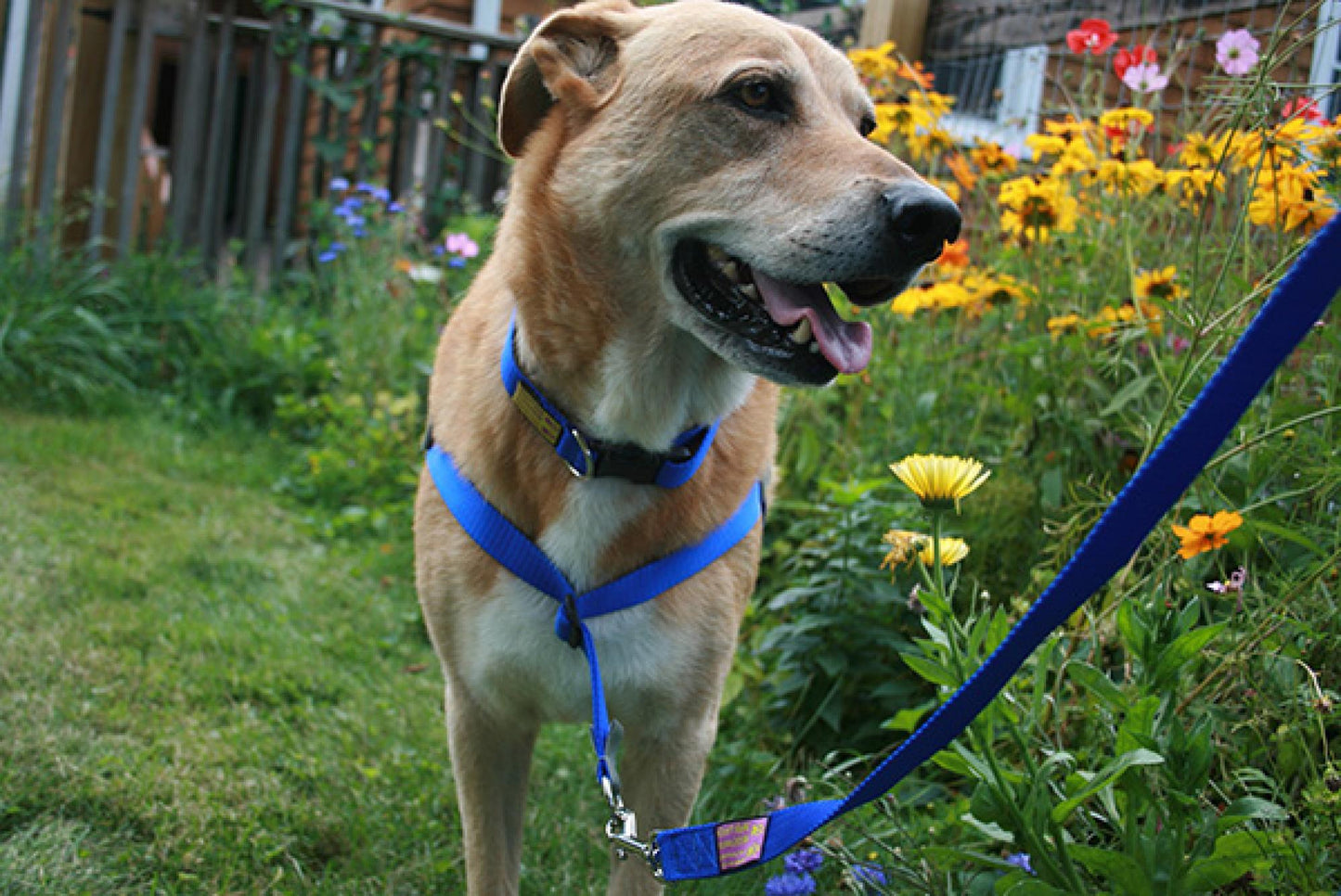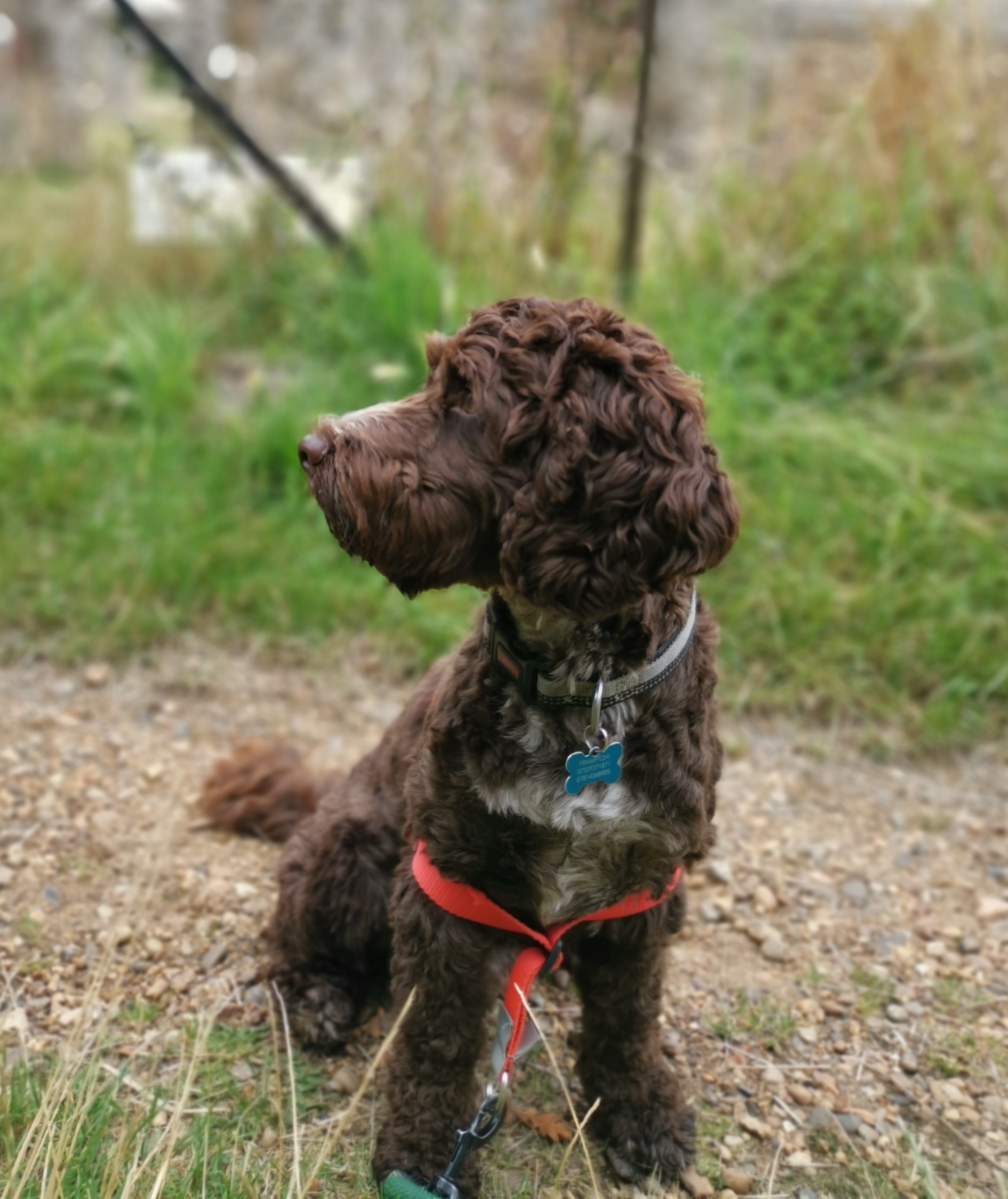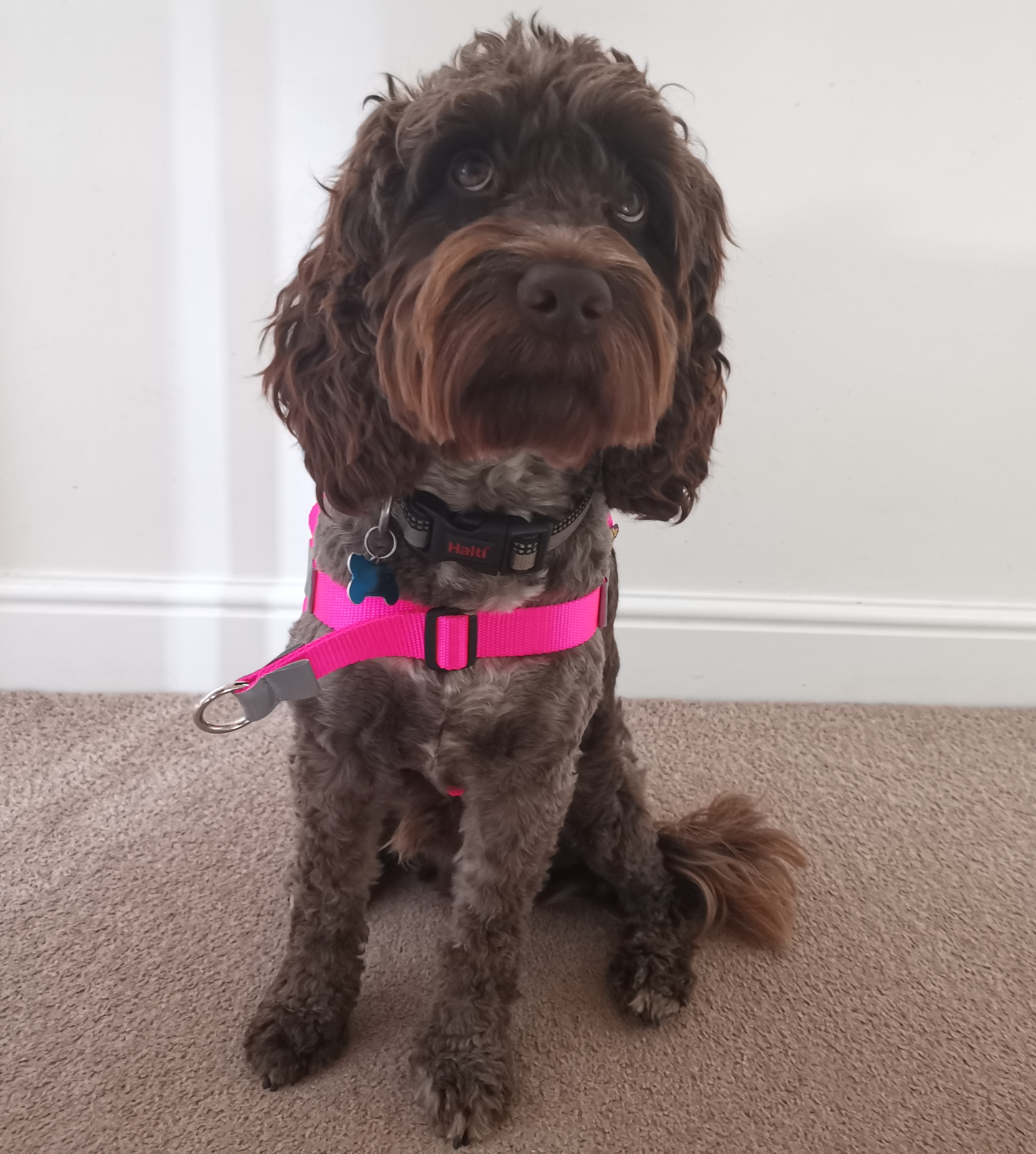Dogs enjoy running around and exploring their surroundings at a faster pace than we do. Because we are slow and boring, dogs pull on the lead to get where they want to go, which is usually somewhere more exciting! Allowing your dog to pull teaches them that pulling gets her to where they want to go, so pulling is rewarded! It quickly becomes ingrained. Physically restraining a dog appears to elicit an oppositional, reflexive pull response. As a result, the harder you pull on the lead, the more your dog will pull against you, and they may become frustrated.
Why should I teach my dog to walk on a lead?
A dog who has been trained to walk without pulling on a lead is a joy to walk. People are much happier to walk a well-trained dog, so the dog often gets more walks and goes to more places with their owners. Training your dog to walk on a loose lead can help teach her to pay attention to you and control her impulses in the presence of other dogs or animals she may want to chase. A dog who has been trained to respond well to commands can be easily removed from potentially stressful situations.
A dog that pulls on the lead can frustrate and embarrass the person on the other end of the lead. This can sometimes result in an owner being unable to walk their dog at all, which means the dog is not getting enough exercise or stimulation. This can lead to an endless cycle of frustration for both the owner and the dog, and the dog is more likely to develop behavioural issues as a result of a lack of exercise and stimulation. Pulling on a lead that is attached to a collar is physically painful for a dog and can impair breathing, circulation, and cooling.
How do I achieve loose lead walking?
The lead serves as an important management and training tool, as well as keeping your dog safe. Unless you need to keep her out of trouble, it should always be loose. Extending leads are not a good tool to use in general because they are too bulky and difficult to use if you need to get your dog back to you quickly, and by their very nature, there is always pressure on the lead. Playing with your dog before going for a walk can help to release excess energy and frustration, making walking calmly with you that much easier.
Unless you intend to compete in obedience, your dog can be taught to walk on either side of you. While training is ongoing, you should consider on-lead walks to be training games rather than exercise. Keep the sessions brief (around five minutes at a time) so she can concentrate without becoming bored. It might be a good idea to drive her to a place where she can walk without pulling until she is comfortable walking without pulling. We want walking on a loose lead to become more enjoyable and rewarding than pulling on the lead. By beginning without a lead, you can lay good groundwork for on-lead walking.
Begin in the garden, where there are few distractions. Click and treat every time your dog chooses to stand by your left leg (or right leg if you prefer to walk her on that side). Take a step back, then click and treat when she comes back to you. Repeat as needed. You can add a spoken cue when she places herself there on a regular basis once she has chosen to do so. The word(s) you select are unimportant, but they should always be the same to avoid confusion. For example, you could say 'heel,' 'close,' or 'let's go.'
Once you've established that being by your side is a good place to be, you can add the lead and begin to walk. Begin with your dog at your heel, then take one step forward. Click and treat if your dog follows you. Then move forward two paces. If she follows you and does not pull on the lead, click and treat. Take three paces forward... and so on until you've reached a duration of around 50 paces. If your dog is doing well at this point, you can begin to increase the duration in larger increments before clicking and treating, increasing by around five paces each time.
If your dog loses concentration or begins to pull, you must restart from the beginning at one pace. You should try to keep your walk preparations calm and low-key. If your dog is bouncing around before you even leave the house, this behaviour is likely to continue once you leave. If she starts bouncing around when you pick up her lead, simply put it down again until she calms down. Repeat as needed until she remains calm while you pick up and attach the lead. She will quickly realise that if she wants to go for a walk, she must remain calm. You don't need to click and treat this because her reward will be to go for a walk. You can also pick up her lead several times a day and go do something else. This will teach her that simply picking up the lead does not always result in going for a walk. This should prevent her from becoming overly excited every time you pick up her lead.
You should keep a large supply of treats on hand when you leave the house, either in a pocket or a treat bag that is easily accessible. Before you leave, make sure your dog is in the proper position by your left (or right) leg. Reward her presence with a click and a treat. You can drop a treat by your left (or right) heel if she doesn't put herself in the right position even after you wait for her to do so. The lead and clicker should be held in the opposite hand from your dog. The treat can then be delivered with the hand closest to your dog. You want to deliver the treat so that your dog stays in the correct position to reinforce it twice, so place your hand near the seam of your trouser and at your dog's head height. If you use your other hand to deliver the treat, your dog may come across in front of you in anticipation of receiving the treat. You should begin in an area with few distractions and gradually progress to busier and more exciting areas.
To keep your dog interested and focused on you, try a few changes of direction and a change of pace. Try varying your treats so that some are extremely tasty and others are not, such as kibble. This will keep her attention because it could be something really good this time! Training should be enjoyable for everyone involved and should always end on a positive note.
The tool that can help
While you're teaching your dog to walk on a loose lead, we recommend Walk Your Dog With Love No Pull Dog Harness. These are an effective combination for controlling pulling without causing pain to either your dog or you!
Common challenges
If your dog isn't paying attention to you while out for a walk, they may be overwhelmed by the distractions or be overstimulated. If that's the case, you could try:
- Increasing the worth of the treats you use. Something they find irresistible and can't get anywhere else.
- Returning to a quieter environment to work on their loose lead walking before gradually progressing to a more distracting environment.
- You might be incrementing the duration too quickly. Try going back a few stages and increasing your speed one step at a time.
- Walking her before feeding her makes her hungry and more interested in the treats.


